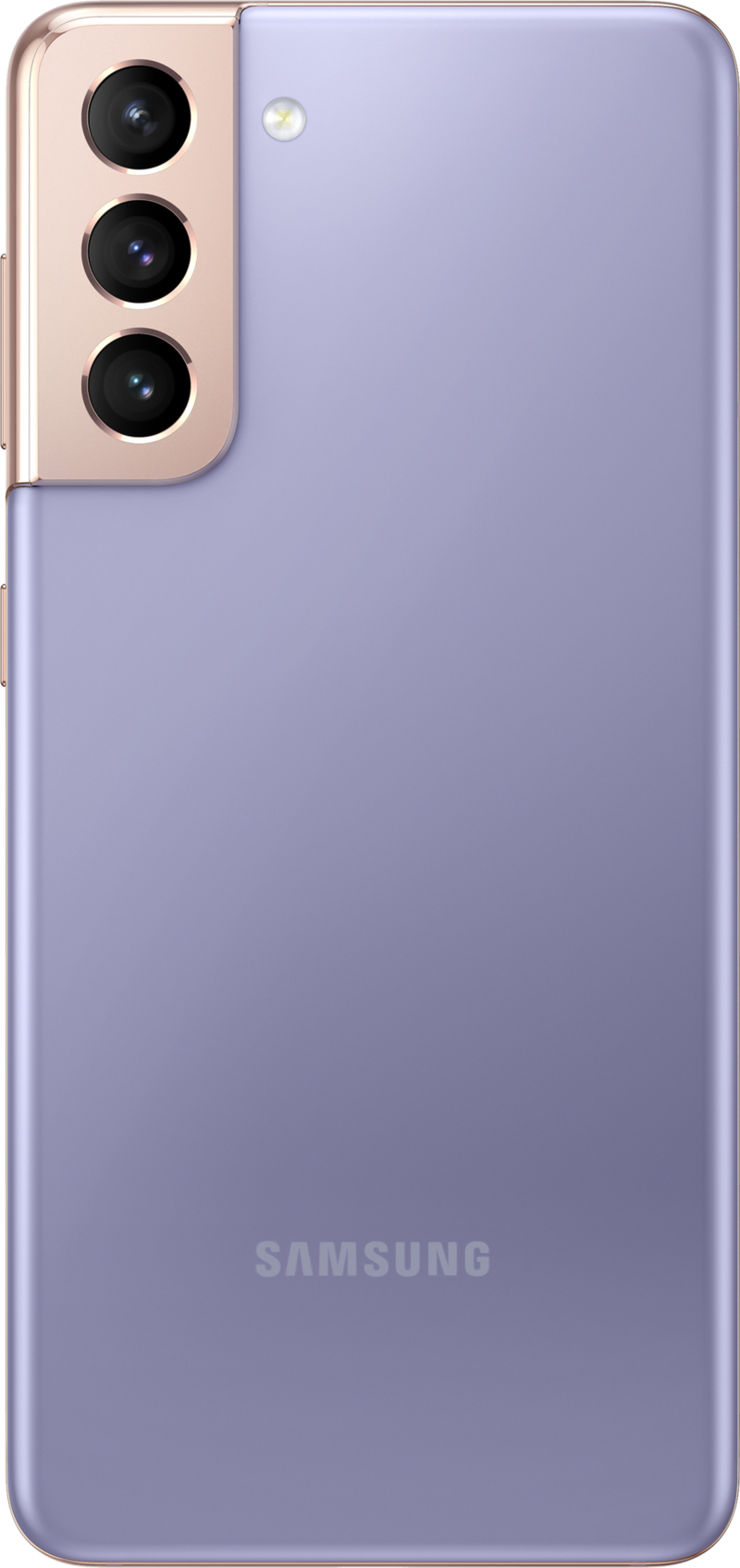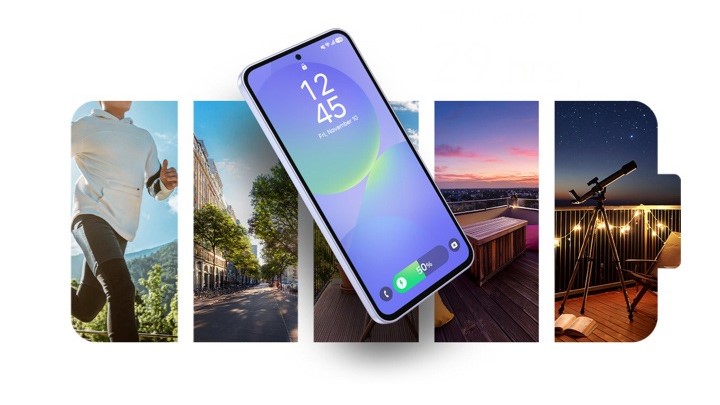Top 5 things you need to know about switching carriers
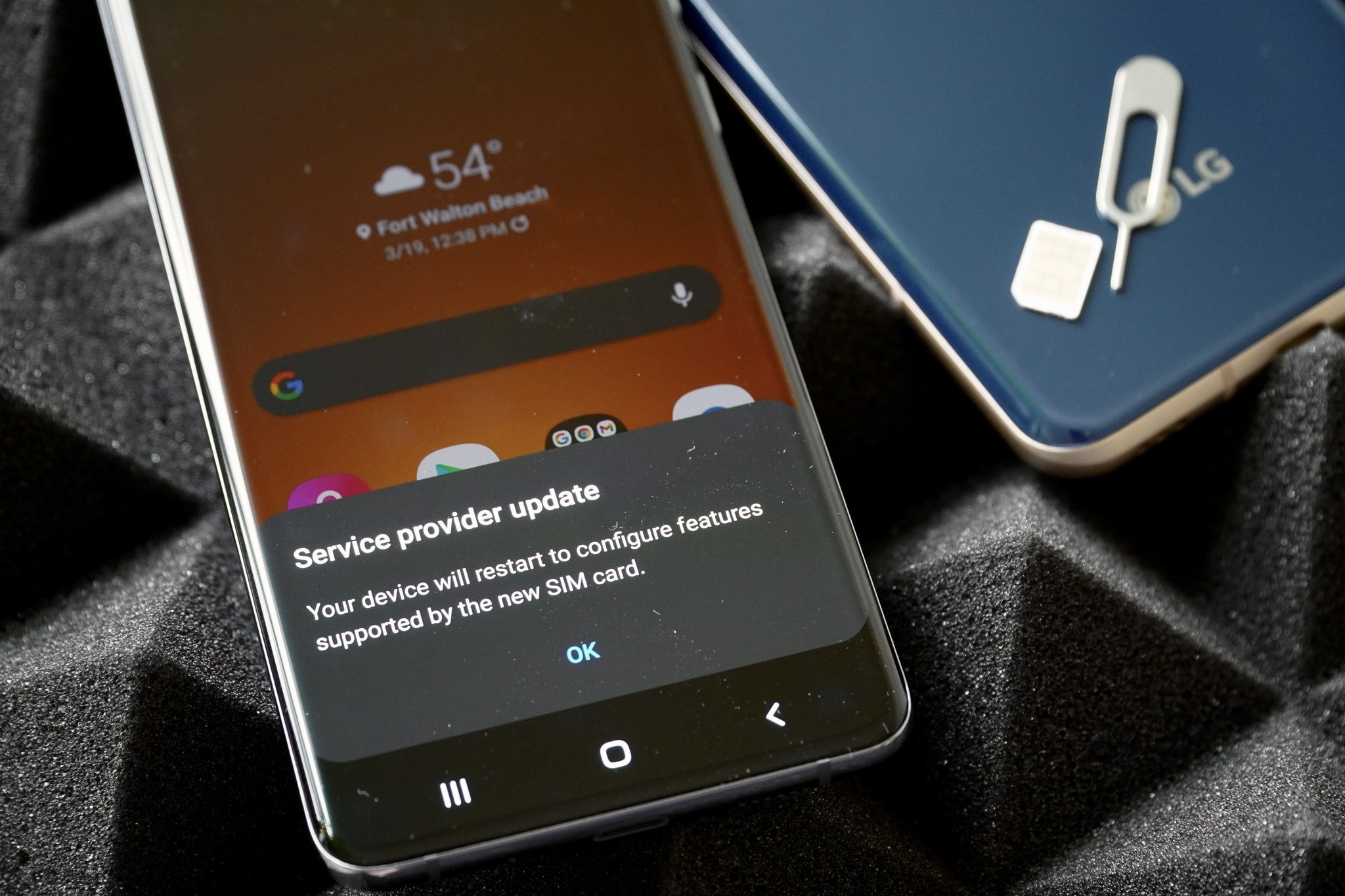
Changing your phone carrier can be stressful. There are a lot of reasons to change your carrier whether you're looking to find better coverage or just save some money on your plan. Shopping around and seeing so many different choices and prices can be overwhelming but once you know what to look out for, it can be a smooth process. If you're ready to move on to a new carrier, here are five things you need to know.
Switching carriers Coverage, coverage, coverage

Any time we talk about carriers and their service, coverage gets mentioned. That's because it is the single most important thing you need to consider before you sign or buy anything. There is no value in paying for a service that doesn't work for you.
Start by looking at online coverage maps. These are never 100% accurate (the providers even acknowledge this) but can be a good starting point. If you're shown in an area of full coverage and not on the fringe of service, that's a good sign. Also, be sure to use the selection tools of the map to check both voice and data coverage, with LTE or 5G if you plan on getting a 5G phone soon.
There's a lot to look at with LTE coverage and 5G coverage alike so take some time to make sure you're getting the kind of coverage you expect. Just because you're covered on the map doesn't mean you will have the kind of connection you're looking for.
If you are considering an MVNO or prepaid carrier, check its specific coverage map since it may not have access to all of the networks a customer of one of the big four may have. For example, many carriers have roaming agreements, often called Extended LTE, that fill in coverage gaps. MVNOs won't have access to these. Sometimes carriers such as Visible won't have support for 3G, further restricting coverage.
Switching carriers Will your phone work?

If you're not ready to upgrade to one of the best new Android phones, there's still a good chance you'll be able to bring your current one to a new carrier. Some phones, like a newer Samsung Galaxy or a Google Pixel, will work on any U.S. carrier. Others, especially models that are a few years old, only work on specific networks.
If your phone was made specifically for a network, you may have a little homework to do. While phone designers strive to make phones as compatible as possible, there will be a few phones that don't support all of what a carrier has to offer.
Be an expert in 5 minutes
Get the latest news from Android Central, your trusted companion in the world of Android
5G compatibility is rather simple. Do keep in mind that the charts below only indicate hardware compatibility and some carriers may have specific software that creates greater chances of incompatibility.
For 5G, look for support on these bands.
| Carrier | Bands |
|---|---|
| AT&T | n5 (850MHz)n260 (39GHz) |
| T-Mobile | n71 (600MHz)n41 (2.5GHz) from Sprintn260 (39GHz)n261 (28GHz) |
| Verizon | n5 (DSS for sub-6)n261 (28GHz) |
| U.S. Cellular | n71 (600MHz) |
You'll find the information about what frequencies and LTE bands your phone uses in the user manual, at the manufacturer's website, or other online resources. The best way to be sure is to just check with each carrier before signing up.
Carriers will also have a lookup tool on their website or can check compatibility with the IMEI number found in your phone's settings.
One last option is to just call the carrier and ask if your phone will work. You might be put on hold for a few minutes, but they can figure it out for you.
Switching carriers SIM unlocking
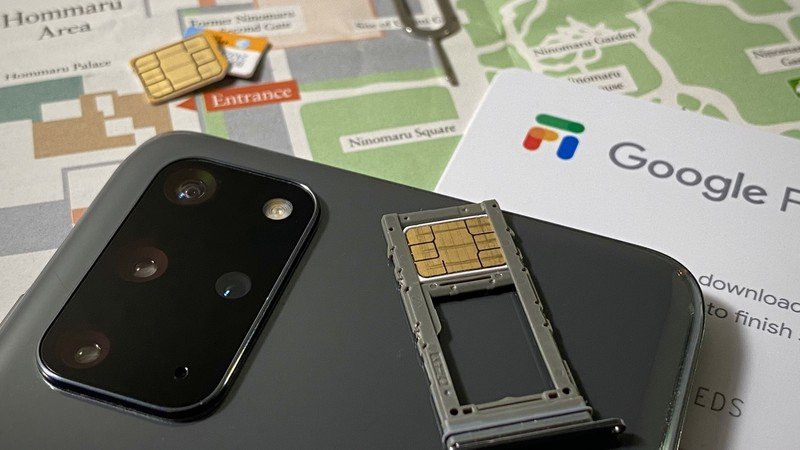
If you're going to use your current phone with your new carrier, you have to get it unlocked if it isn't already. SIM locking is a carrier's way of making sure a phone you buy through the carrier stays on the carrier.
Buying your phone unlocked is a way around this though you might miss out on some promotions from the carrier. This is because carriers make way more money on your monthly service than on retail sales. Still, if you've paid your phone off in full, and you've fulfilled any minimum activation periods with the carrier, you should be able to unlock it to use on another carrier.
To unlock your phone, call your carrier before you cancel your service. Once your account is closed, it becomes way more difficult to do.
The best way to make sure your phone is unlocked is through the customer support of the carrier you bought it from. If you're not able to get it done through the carrier, there are some third-party options available but these services should be your last option.
Once your phone is fully unlocked, activating a new service on it should be as easy as popping in a new SIM card or registering an eSIM.
Switching carriers What plan should you buy?
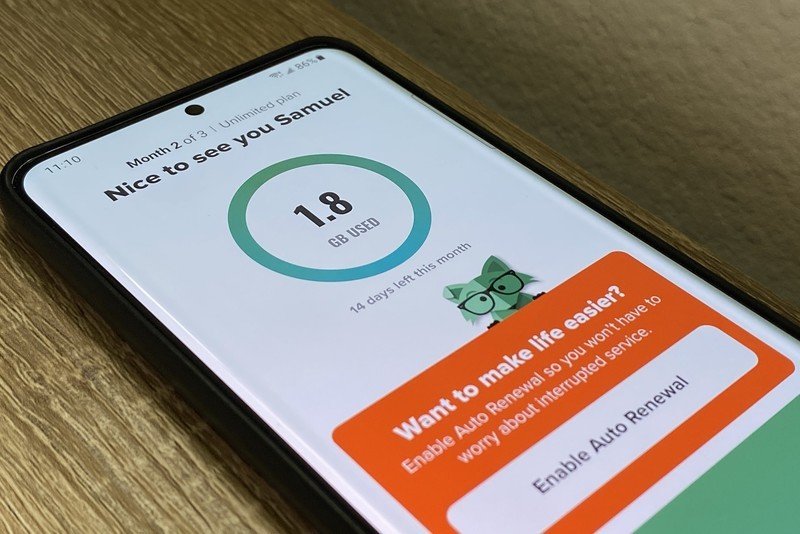
There are a lot of different service plans available to fit almost every user. If you already know how much data you use, you can jump straight into it. If you're not sure, look at your last phone bill to see how much you used. You can also look at data usage in your phone's settings. Choose a plan that offers more than you need without getting too excessive.
Most new plans come with unlimited domestic talk and text while mainly focusing on data. There are plenty of great prepaid carriers to save some money over AT&T, T-Mobile, or Verizon. You can also find something that's a better fit for your phone such as getting the best 5G plan possible. It comes down to your individual needs which plan makes the most sense.
Most people don't need an unlimited plan. When you're shopping for plans that offer a fixed amount of data each month, you have a lot of choices. Luckily, most carriers like Mint Mobile allow you to upgrade your plan mid-cycle or even just add some extra data if your data is higher than normal one month. It's also nice that many of these carriers have dropped overage charges in favor of slowing down your connection.
Still, the simplicity of one of the best prepaid unlimited plans can be appealing, and if you want one, there are more options than ever. All of the big carriers also offer unlimited plans with varying degrees of extras thrown in. Some prepaid options like Visible are also offering a cheaper unlimited option.
When you have a good handle on how much you need, you can be a wise shopper and get exactly what you need.
Switching carriers Your number goes with you
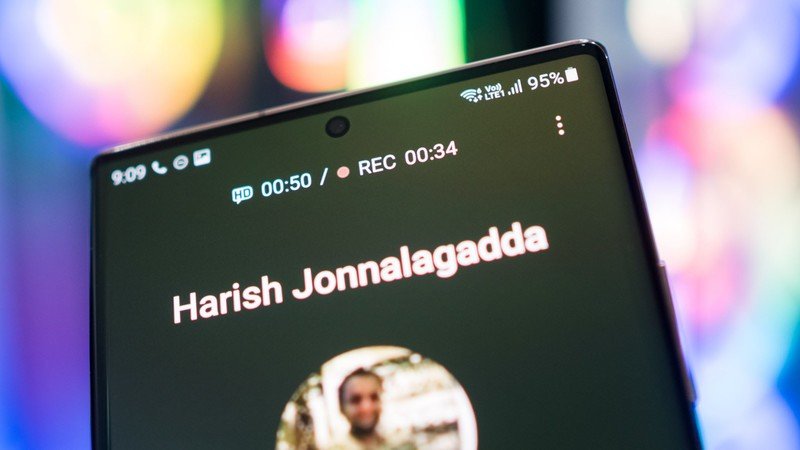
Once you've settled on what type of service you're going to buy and who you're going to buy it from, there's one last thing to remember: you can take your phone number with you no matter which company you get service from.
Don't let a company tell you that you can't keep your number. By law, you can.
This is called porting your number, and in almost every case (some numbers created by VoIP services can't be ported) it belongs to you. Moving your phone number to a new carrier is simple and can be done in just a few minutes in many situations. Keep in mind that sometimes it will take longer, up to a couple of days, when transferring a landline number to mobile.
Every company does things a little differently, but you'll need to know your phone number, your account number from your current carrier, and any PIN or password you use to access it. They may also need to see your ID. Your new carrier will ask for this information (yes, giving anyone a PIN or password is scary, but that's how it works) and they will handle the rest.
While your number is being ported, you won't be able to use it. Generally, this will be done the same day but sometimes it can take longer. Your new carrier will be able to advise you and let you know how the number port is going if it takes longer than a few hours. Still, you will typically get a number to use in the meantime and with so many of us using chat services to stay connected, it's not too bad.
When the number porting is done, your new service will use the same phone number you and everyone else is used to. This makes it easier to switch for everyone. The number is assigned to your new SIM card, but it's still yours and you can move it to another carrier anytime you like. Of course, you can always just get a new number if you like.

Jerry is an amateur woodworker and struggling shade tree mechanic. There's nothing he can't take apart, but many things he can't reassemble. You'll find him writing and speaking his loud opinion on Android Central and occasionally on Threads.
